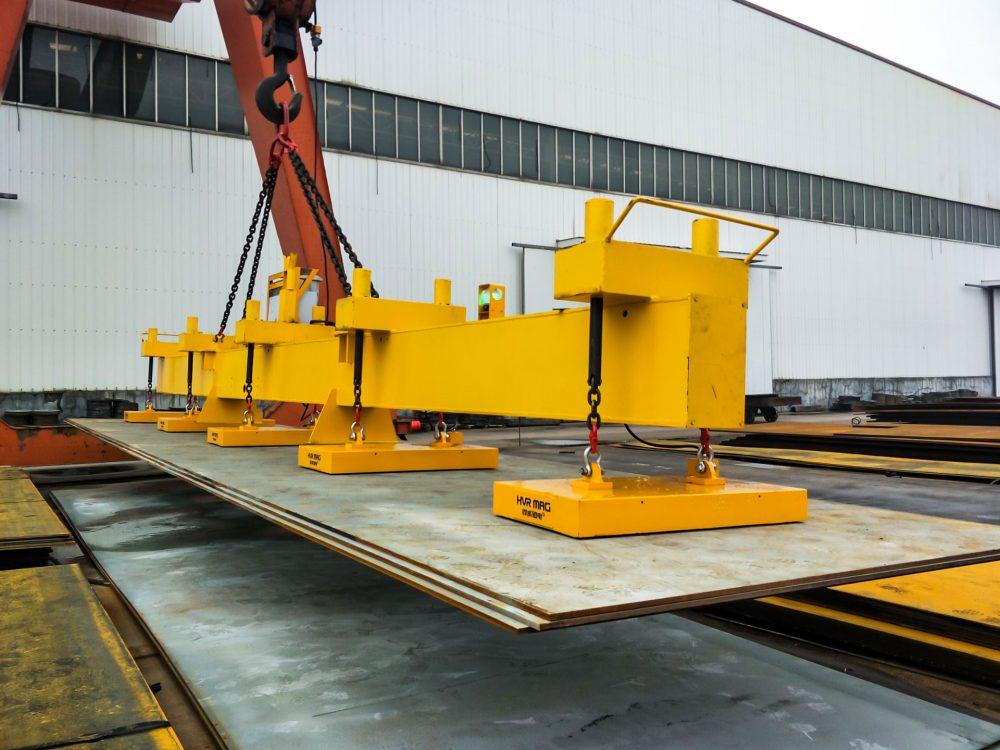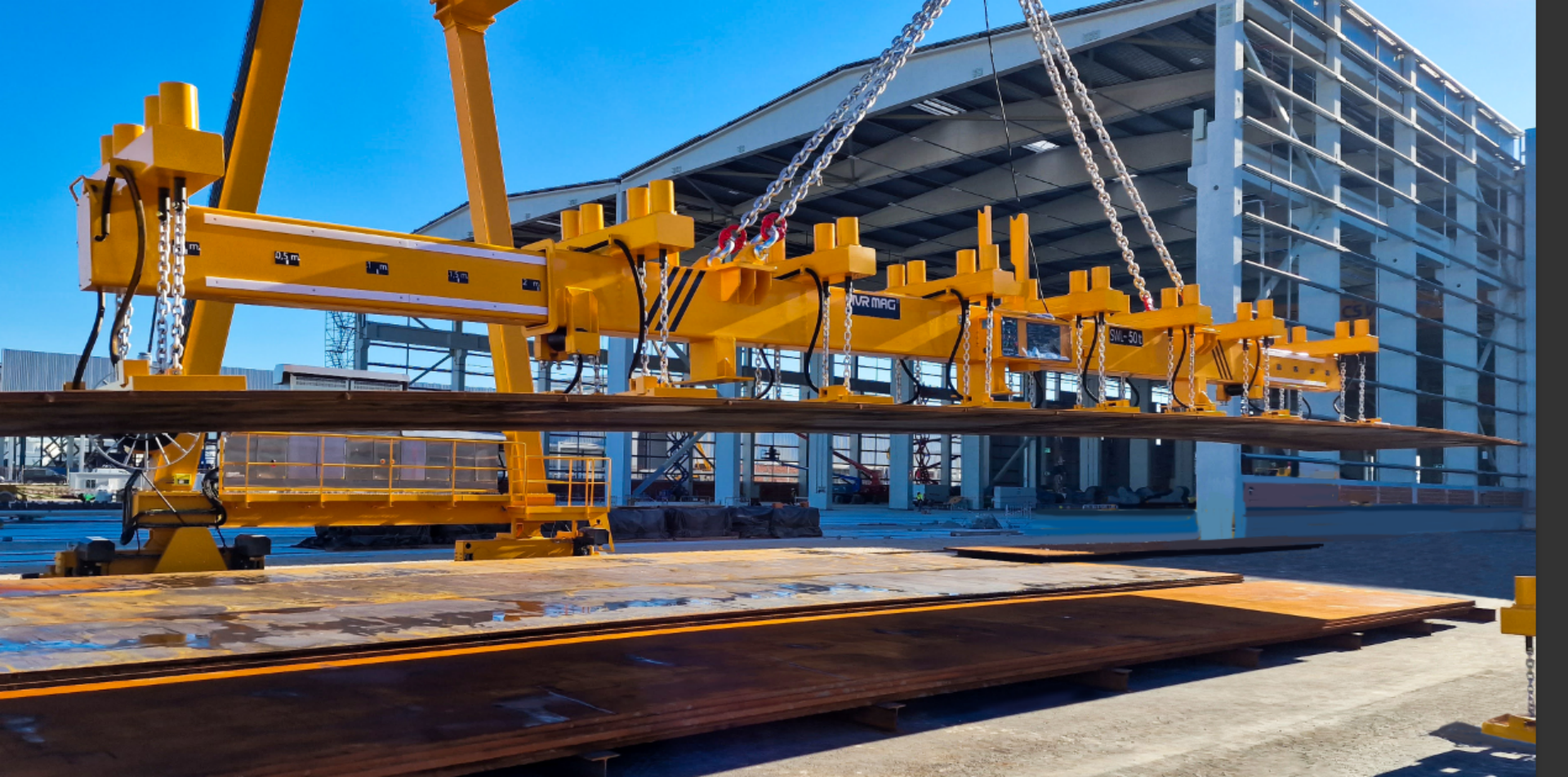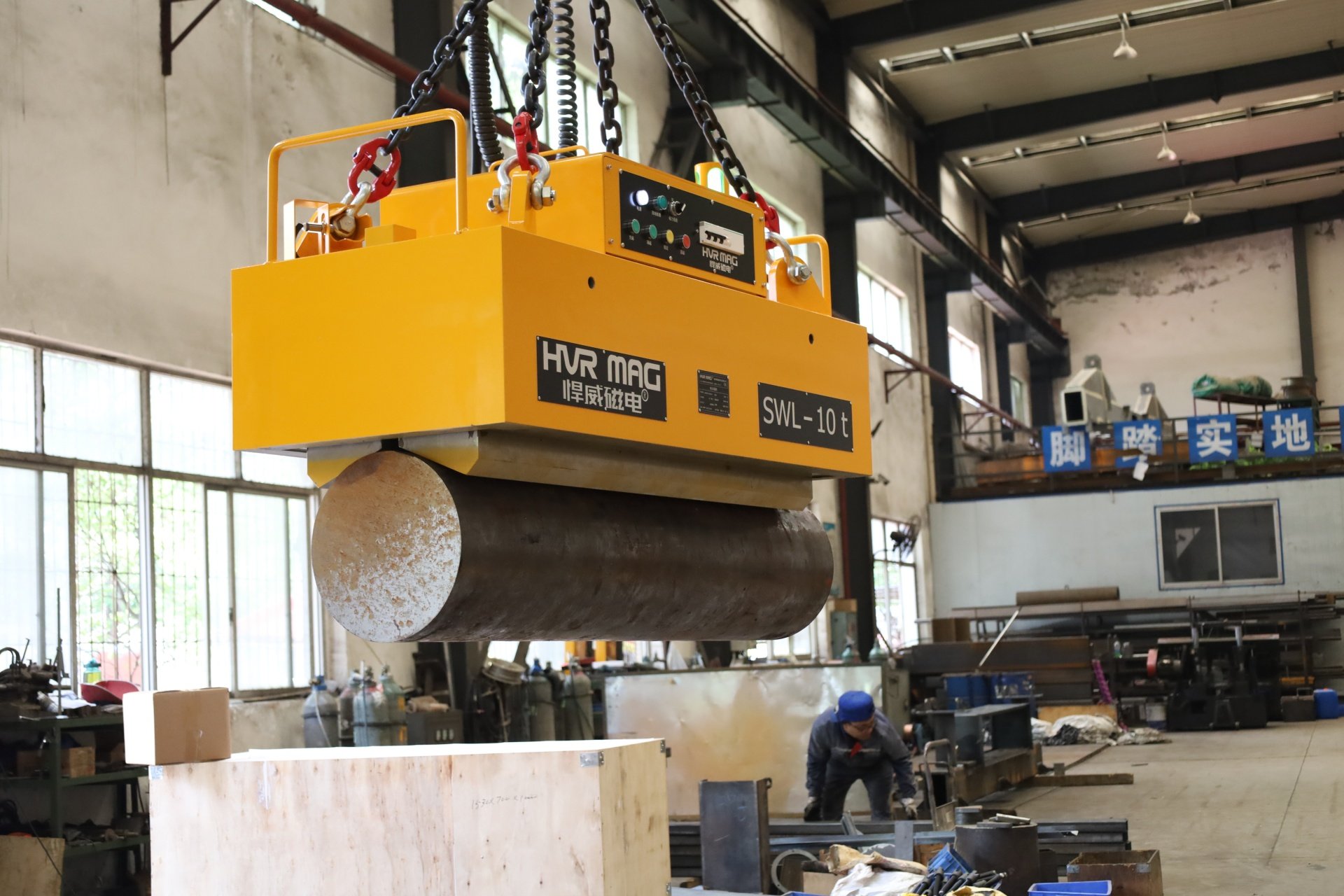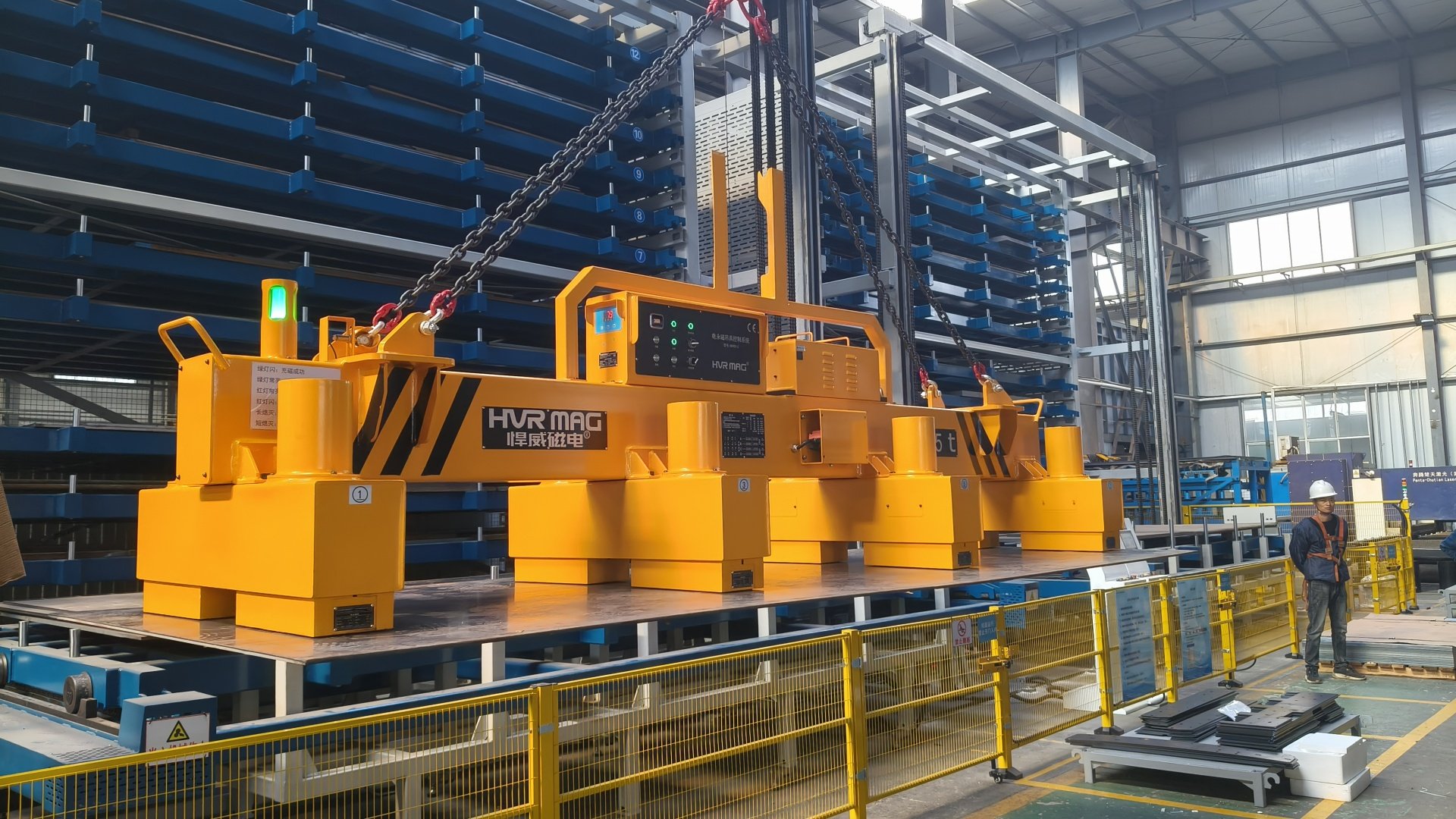Lifting magnet at shipping port
In the bustling environment of shipping port, where the movement of vast quantities of goods is a constant occurrence, efficiency and safety are of utmost importance. Lifting magnets have emerged as invaluable tools in this setting, playing a crucial role in various operations.Visit for more.

Steel coils, essential components in many industries, benefit from the precise control that lifting magnets provide. Operators can adjust the magnets to grip the coils firmly, enabling safe transportation to storage areas or further processing facilities within the port. This precise control ensures that the coils move without suffering any damage.
Safety ranks as a major concern in port operations, and lifting magnets play a significant role in this aspect. When dealing with heavy and potentially dangerous ferrous cargo, using lifting magnets mitigates the risks linked to manual handling. Workers no longer need to be close to heavy loads, thus minimizing the chances of injuries from falling objects. Moreover, the controlled operation of lifting magnets guarantees that cargo moves smoothly and steadily. This reduces the likelihood of cargo shifting during transport, which could otherwise damage the goods, the lifting equipment, or even the port infrastructure. In situations involving rough weather conditions or strong winds, the reliable gripping power of lifting magnets helps keep the cargo stable while in motion.
Port operators can easily integrate lifting magnets into the existing port infrastructure. They can attach these magnets to various types of lifting equipment, like cranes and gantry systems. This flexibility allows ports to adapt their operations to different cargo requirements. For instance, a port that frequently handles large – scale steel shipments can install powerful lifting magnets on its main cranes. When the port needs to handle non – ferrous cargo, workers can quickly swap out these magnets with other types of lifting attachments. The integration also extends to the port’s control systems. With modern lifting magnets, operators can connect them to computer – aided control systems, giving them the ability to precisely control the lifting, moving, and placing of cargo. This level of automation not only boosts efficiency but also reduces human error in the handling process.

In conclusion,lifting magnets have become an indispensable part of shipping port operations. Their ability to handle ferrous materials efficiently, contribute to sorting and recycling, enhance safety, and integrate with existing infrastructure makes them a vital asset in the modern port environment. As the volume of goods transported through ports continues to grow, the role of lifting magnets is only expected to become more significant.







